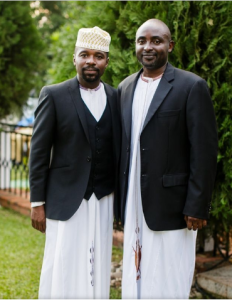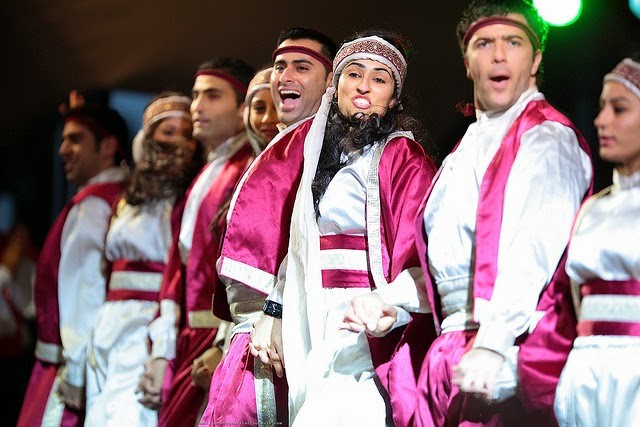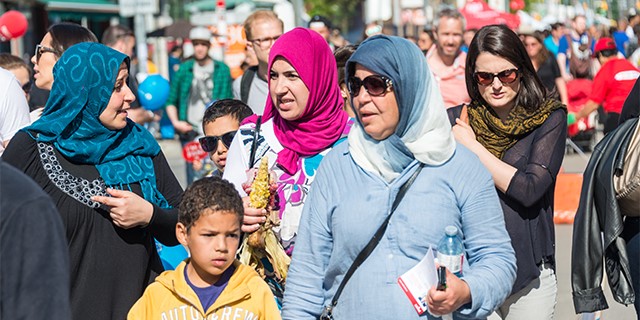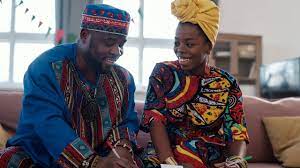The diverse Kenyan cultures have different tribal groups having distinct modes of dressing. The common communities known to keep and follow their cultures are the Coastal Swahili people and the Maasai community who live in the country’s rich grasslands areas.
Coastal Swahili tradition for men was a long white robe ‘kanzu’ in Swahili.

They also wear a white rounded hat having an elaborate embroidery. The women will wear a long black dress ‘Buibui’ in Swahili. They cover their heads with a black cloth ‘Hijabu,‘ and it is common to find them wearing a veil to cover up their face if the woman is married. The Kanzu, Buibui, and Hijabu clothing are an Arabic approach to dressing they assimilated in the early days when the coastal people traded with the Arabs and Persians and intermingled the Swahili language, community, and culture that look alike with the Arab. There are occasions when women will wear jewelry and paint their legs and hands. They use ‘henna’ as a tool to paint to complement their beauty. The modernization has led to modernizing their dressing codes to suit current fashion trends from both the Kanzus, Hijabs, and the Buibui. Modernization has also led to Coastal Swahili men wearing western shirts and trousers.
Maasai’s dressing code differs on one’s gender, age, place, occasion, and importance. They normally wear red garments ‘shukas.’ The shukas are wrapped around the body and manycolored jewelers are placed around one’s neck and arms, accompanied by homemade sandals soled with either plastic or tire strips (Lawi, 2015). The ‘shukas’ are normally red symbolizing the community’s independence on earth and its love for it. It also provides a symbol of blood and bravery provided for them by nature. A circumcised young lead will wear a black ‘shuka’ while those already circumcised will have their hair braided in a complex pater, and a red ochre may be put or painted on his hair.
The red ochre is also painted in a young circumcised lad passing the stage of becoming a warrior. A warrior’s mother will wear a ‘sufuria.’ It is a coiled metal medallion. Warriors’ women will shave their heads. Their ears will be pierced and their earlobes stretched and wear metal hoops. Although the majority of Maasai still dress traditionally, youths who are learned will wear westernized clothes in the urban areas, and wear their traditional clothes when they go to their rural areas. In the towns where they live like Narok, one will find many maasai’s in their traditional clothes, and very few in the cities with their traditional clothes. Many other communities have also adopted the western dressing codes apart from very communities like the Maasai and the coastal Swahili people.



